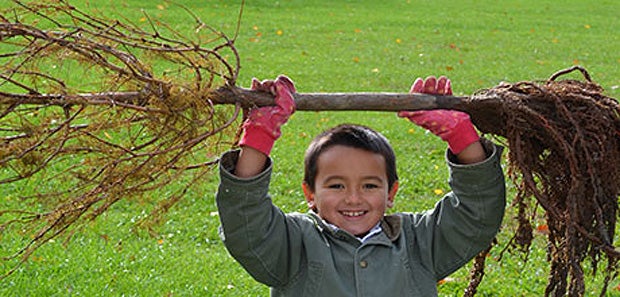Why Are My Grape Tomatoes Splitting Open While on the Vine?
※ Download: Why do my tomatoes crack
When it begins to ripen during a spell without water, the outer skin will thicken and toughen up. Never leave split tomatoes on the vine; pick them immediately to prevent attracting insects. As tomatoes grow toward maturity, they become more prone to cracking.

Make sure that you have a consistent plan for watering, adjusting it to the amount of rain received. You might also see a healed crack that looks like stitching. Excess nutrients can cause a growth spurt.

Can't get enough TreeHugger? Sign up now and have it sent straight to your inbox. - Practices to Prevent Cracking Give your tomatoes a steady water supply, especially during drought conditions. The sudden surge in water from a heavy storm after reduced watering can lead to more cracks and splits.

Split tomatoes are commonplace for home gardeners. It is possible to avoid but not always possible if you aren't able to control the growing conditions such as temperature fluctuations, fertilizer spikes, etc. Water the tomatoes adequately and regularly. Tomatoes respond best to receiving the right amount of water during the entire growing phase; too much or too little water will harm the growing rate. The best way to achieve this is to put the tomatoes on a drip watering system that measures out equal quantities of water daily. See How to Build a Drip Watering System for Outside Plants. Tomatoes are more prone to splitting in intense heat. If you live in a growing zone subject to high heat levels during the growing season, it is vital to shelter the growing tomatoes. Put up shade cloth, or plant the tomatoes in an area that gets shading from other plants or a building during the hottest part of the day. It is likely a result of over-watering a heavy downpour after a dry spell is a common cause or too much watering after too little watering. Or, it could be due to the large size of the tomato if growing heirloom varieties. Handle with care when picking and avoid over-stacking picked tomatoes in your basket or box, to prevent squashing lower level tomatoes. Others reasons could be that the tomato variety itself is prone to splitting or the tomato is old and as it dries out, loses elasticity and splits. Try to pick the tomatoes while still fresh and handle them with care. Splitting can be exacerbated if the tomatoes have experienced a dry season, then are suddenly inundated with water, such as from a heavy downpour. If you are growing heirloom tomatoes, splitting is fairly typical, due to their larger growth size. On the other hand, a deep split that cuts into the tomato and that is still open should be closely examined to rule out fungal or bacterial growth, or insect infestation; if the split is fresh and free of such signs, just cut away the split area and enjoy the rest of the split tomato. However, if there are signs of aging, mold, insects or other deterioration, or you don't know how long the tomato has had the split, put the split tomato in the compost. Never leave split tomatoes on the vine; pick them immediately to prevent attracting insects.
Splitting and cracking is most prevalent in the later stages of growth when it is beginning to ripen. In general, the thicker the skin, the less prone a tomato is to splitting. Cracked and splitting skin is the result of neither. Watching with anticipation as your tomatoes begin to ripen, you may feel short-changed when you see the skins splitting. Re-check the soil again the same way the next day. Special tips Beefsteak varieties are more prone to cracking. How do you prevent cracks. When tomato plants have fluctuations in the amount of available water in the soil, the skin becomes susceptible to cracking. Your mind flashes through possible scenarios that involve animal pests, insect pests, or maybe some agitating neighborhood kid that has sabotaged your great looking tomato.



